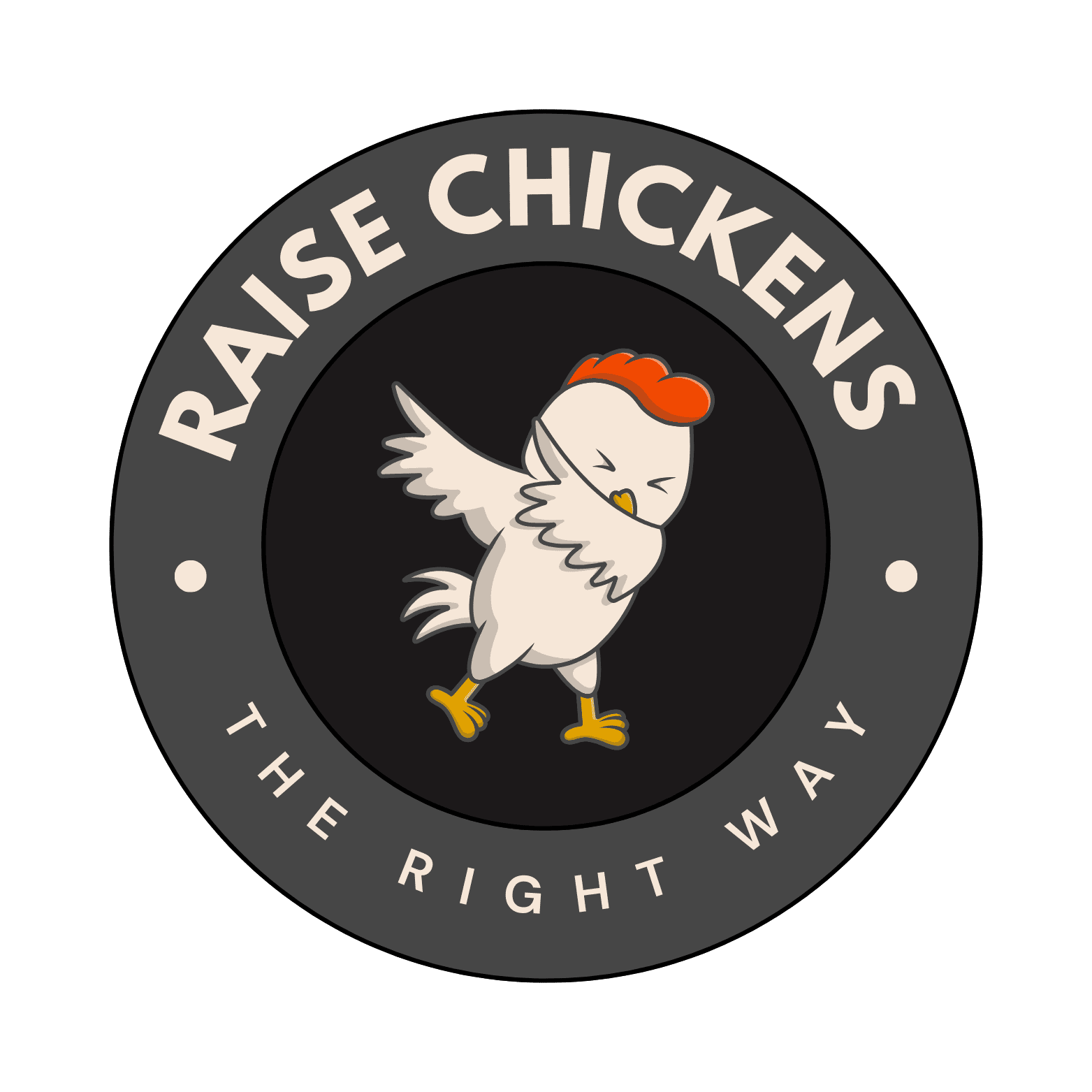Understanding Mycotoxicosis in Chickens: A Farmer’s Complete Guide
After spending over two decades raising chickens on my family farm, I’ve encountered my fair share of health challenges. But there’s one silent killer that many farmers overlook until it’s too late – mycotoxicosis. I’ll never forget the first time I dealt with this devastating condition in my flock, and today, I want to share everything I’ve learned to help you protect your chickens.
What Exactly is Mycotoxicosis?
In simple terms, mycotoxicosis is poisoning caused by toxic substances produced by molds in feed. I’ve learned that these nasty little toxins can develop in feed that looks perfectly fine on the surface. That’s what makes it so dangerous – you might not even realize your chickens are consuming contaminated feed until they start showing symptoms.
Spotting the Warning Signs
Through my years of experience, I’ve noticed several telltale signs of mycotoxicosis. Here are the main symptoms you need to watch out for:
The Hidden Dangers in Feed Storage
I’ve discovered that prevention starts with proper feed storage. Last summer, I made the mistake of storing feed in a slightly damp area, and it cost me dearly. Now, I’m absolutely meticulous about storage conditions. Your feed storage area should be cool, dry, and well-ventilated. I always tell fellow farmers that investing in proper storage is far cheaper than dealing with an outbreak.
Taking Action: Treatment Steps
When you spot signs of mycotoxicosis, here’s my tried-and-tested action plan:
The Recovery Process
I’ve found that recovery from mycotoxicosis isn’t instant, but with proper care, most chickens can bounce back. In my experience, it usually takes about 2-3 weeks to see significant improvement, provided you’ve removed all contaminated feed and implemented proper treatment measures.
Prevention: The Best Medicine
After dealing with several cases over the years, I’ve developed a foolproof prevention strategy. It starts with regular feed inspection. I check my feed storage area daily for any signs of moisture or mold. I’ve installed dehumidifiers in my storage areas and always use feed within 3-4 weeks of purchase.
Economic Impact on Your Farm
Let’s talk numbers – something many blog posts shy away from. In my worst outbreak, I lost about 15% of my flock and saw egg production drop by 40%. The financial hit wasn’t just from losing birds; it was from reduced productivity, treatment costs, and replacing feed. That’s why I’m now almost obsessive about prevention.
Common Myths and Misconceptions
There’s a lot of misinformation out there about mycotoxicosis. I’ve heard farmers say you can just remove visible mold and feed the rest. That’s absolutely wrong and dangerous. Even if you can’t see mold, mycotoxins might still be present. Another myth is that cooking or freezing contaminated feed makes it safe – it doesn’t.
When to Call a Veterinarian
While I’m confident in handling many chicken health
